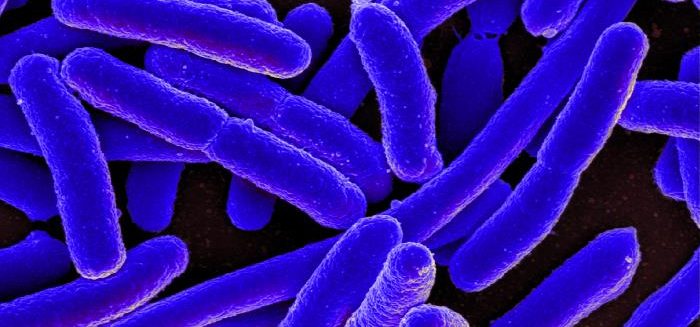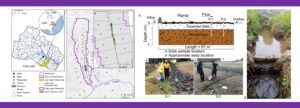Iverson G, Humphrey CP Jr, Postma MH, O’Driscoll MA, Manda AK, and Finleyand A (2017). Influence of sewered versus septic systems on watershed exports of E. coli. Water, Air, & Soil Pollution 228: 237.
Abstract
Elevated bacteria concentrations have led to the impairment (e.g., closures of shellfisheries and recreational beaches) of coastal waters. Although many previous studies have suggested that wastewater inputs can lead to elevated fecal indicator bacteria (FIB) concentrations in surface waters, few studies have quantified wastewater-associated FIB exports at the watershed scale. The goal of this study was to estimate bacterial exports at the watershed scale based on wastewater management approach (septic vs. sewer). Six watersheds (3 exclusively on septic and 3 exclusively served by a sewer system) were selected for water quality assessment and comparison. Streams were monitored approximately monthly from August 2011 to June 2012 during baseflow conditions. Additionally, three storms were monitored. Samples were collected in sterile 100-mL bottles and analyzed for concentrations. Discharge from streams was measured and bacterial exports were estimated by multiplying discharge by concentration. The results revealed that: 1) during baseflow conditions, septic watersheds contained elevated stream discharge and concentrations and exports as compared to sewer watersheds 2) warmer months had elevated watershed exports compared to colder months in both septic and sewer watersheds; and 3) storms significantly increased watershed exports in both septic and sewer watersheds. Storms significantly increased watershed exports in both septic and sewered watersheds, but counts in sewered watersheds were considerably greater likely due to greater impervious surface coverage. These findings in conjunction with previous studies suggest that septic systems may play a pivotal role in the delivery of FIB to receiving waters, particularly during baseflow conditions.
Photo source: CDC/NIAID




